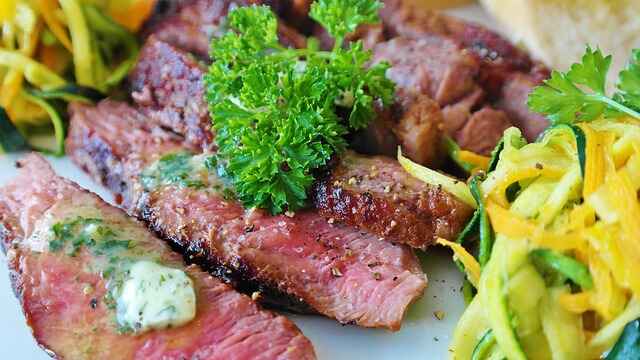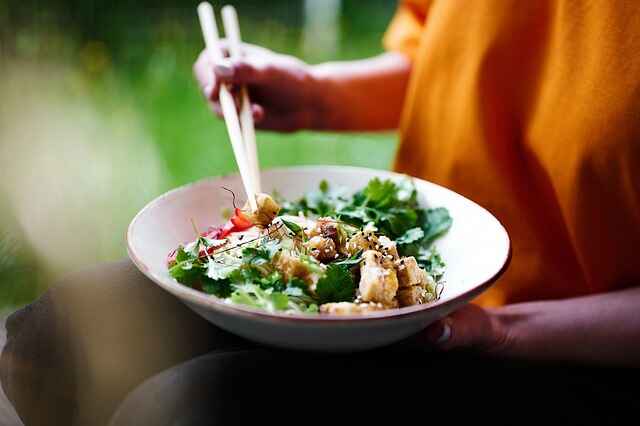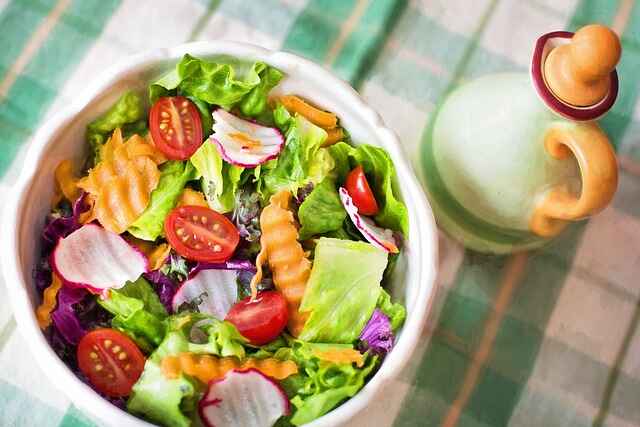Various diet plans and exercise regimens help people stay healthy and maintain healthy body weight and BMI in the modern world. A volumetric diet is one of the diets plans that emphasize nutrition over restrictive meal plans.
This diet was named one of the top ten diets for achieving and maintaining long-term weight loss. Many health advantages, including weight loss, cardiovascular disease prevention, and a reduced risk of type 2 diabetes and obesity, are shown by studies on the effectiveness of these diets.
What is the Volumetric Diet?
The volumetric diet, developed by Dr. Barbara Rolls, focuses on increasing the consumption of low-energy foods that are high in fiber and water content, allowing bodies to feel full and satisfied for longer periods.
Even while pizza and sugary treats, which have a high energy density, are permissible on a volumetric diet, it is still suggested to eat more fresh fruits, vegetables, pulses, seeds, whole grains, and lean meats.
Also Read All About Ketogenic Diet: A Detailed Guide On Keto Diet For Beginners!
How Can The Volumetric Diet Help You Lose Weight
The Volumetrics Diet emphasizes foods that have a low-calorie density and a high volume. It helps in weight loss by increasing feelings of fullness while decreasing hunger and cravings. It may also improve the quality of your diet by increasing your intake of nutrient-dense foods such as fruits and vegetables.

Other Health Benefits Of The Volumetric
- Long-term healthy eating is encouraged – The Volumetrics diet is intended to be long-term sustainable and healthy.
- There is long-term weight loss – Those who adhere to the Volumetrics diet may see slightly slower weight loss, but they have a strong chance of keeping the weight off because it is meant to be a permanent lifestyle change.
- Accessible to everyone – You can eat — or not eat — according to your needs because the Volumetrics diet doesn’t have any severe rules.
- It’s secure – A trendy diet is not volumetrics. It doesn’t need you to maintain an unhealthy calorie deficit, cut out entire food groups from your diet, or develop a bad relationship with food.
Foods That You Can Eat In a Volumetric Diet
- Fruits and Vegetables like Apples, Grapes, Melons, Berries, Cucumber, Spinach, Carrots, Asparagus
- Dairy products like Kefir, Sour cream, Cottage cheese
- Whole grains like Grain bread, Quinoa, Brown rice, Oatmeal
- Lean Protein like Chicken breasts, Top sirloin steaks, Tofu, Lean ground turkey, Extra-lean ground beef, Tuna

Foods That You Cannot Eat
- Fatty meals like Bacon, Sausage, Poultry with skin, and Red meats with high-fat content
- Processed foods like Sugary cereal, Muffins, Doughnuts, Crackers
A Sample Volumetric Meal Plan For 1 Week
Monday
- Breakfast Banana Yogurt Pots
- Lunch Cannellini Bean Salad
- Dinner Potatoes or any other vegetable side dish (Dum Aloo, Aloo methi, Aloo Matar, etc), dal, roti
Tuesday
- Breakfast Tomato and Watermelon Salad
- Lunch Veggie Wraps
- Dinner Spicy Tomato Baked Eggs
Wednesday
- Breakfast Blueberry Oats
- Lunch Carrot, Orange, and Avocado Salad
- Dinner Paneer (E.g. Palak Paneer, Matar Paneer, Paneer Makhani, etc.), Roti or rice
Thursday
- Breakfast Banana Yogurt Pots
- Lunch Mixed Bean Salad
- Dinner Spiced Carrot and Lentil Soup
Friday
- Breakfast Omelette made with three eggs
- Lunch Fruit salad
- Dinner Pulses (Chana masala, Chowli, Rajma, Mung, etc with rice or roti)
Saturday
- Breakfast Vegetable upma, milk
- Lunch One pot meal (such as Vegetable Biryani, Khichdi, or Pasta)
- Dinner Seafood (Fish Curry, Shrimp Curry, Shrimp Biryani)
Sunday
- Breakfast Banana Yogurt Pots
- Lunch Dal (E.g. – Rasam, Sambar, Dal Fry, Tadka Dal, side dishes with Rice or roti)
- Dinner Chicken (Curry or Biryani) with rice
Tips And Tricks – The Volumetric Diet for Beginners
- The emphasis is on making smart, long-term changes to your eating habits that reduce the overall caloric density of your diet.
- You can eat out as long as you stick to the diet’s rules, but cooking is recommended for the best results.
- In moderation, alcohol is allowed.
- Fruits, vegetables, soup, and other low-density foods, as well as lean protein options like poultry, seafood, tofu, and beans, help in appetite control.
- There is no need to sacrifice taste. You can eat what you want but at a certain limit.
Disadvantages of The Volumetric Diet
- You’ll need to devote a significant amount of time to the volumetrics diet, especially at first.
- The diet may become too restricted due to limited access to fresh food.
- It could be overly calorie-focused. Even if weight loss is your goal, calorie restriction is not the only way to achieve it.
Conclusion
A volumetric diet emphasizes individuals consuming a high volume of certain foods while consuming a low volume of others. The volumetric diet’s primary focus is on foods with very low or medium energy density.
You can healthily lose weight and learn how to feed your body a variety of foods rich in vitamins and minerals if you follow the volumetrics diet correctly.
Also Read All About Mediterranean Diet: A Detailed Guide On Mediterranean Diet For Beginners!!!





